We are truly a region of spirited, driven and highly motivated entrepreneurs - by David De Lise

Berkshire
Hathaway Verani Realty
First and foremost, I hope this article finds our friends, colleagues and loved ones healthy and safe. Moving into the second quarter, I thought it would be interesting to pause and take note of where we are in the commercial real estate cycle, identify a few interesting trends and lend insight as to how some of the individual sectors have performed to date.
Let’s start with some positive highlights: There is a lot of activity in the investor universe with people sniffing around looking for “a deal”. Whether that means a discount to replacement cost, an elevated cap rate or an off-off market deal - buyers are active!
We are at a point in the commercial real estate cycle where there is some positive momentum taking shape, although the recent uptick in the 10-year Treasury yield is causing some angst on Wall St. and Main St. equally. We will be closely monitoring the fluctuations in the 10-year yield and other important barometers throughout the second quarter. The structural changes that have taken place in the United States and abroad due to the pandemic cannot be overstated. We don’t know now, and it is likely we won’t know for quite some time what ‘a return to normalcy’ really means .
The federal stimulus packages have been warranted and certainly provided short-term relief. However, we remain apprehensive with the increased amount of debt that has been incurred and feel there may be real concerns of inflation on the horizon. With that said, interest rates remain attractive for the acquisition of commercial properties, but lenders’ underwriting and terms have become more stringent especially with certain property types.
Working closely with your team of experienced commercial real estate professionals, including your real estate advisor, preferred lender(s), a seasoned real estate appraiser and vendors for building/system inspections and due diligence items has become far more relevant since the pandemic’s outbreak. Having this team of professionals lined up and ready to engage on your behalf has become paramount to getting deals done. Certainly, the commercial real estate landscape had already begun to experience structural shifts and changes to fundamentals prior to the pandemic’s outbreak. Demographic migration patterns, live/work/play preferences, the impact of online shopping and the consumer’s demand for new/more/different experiential offerings had already been in play, but COVID-19 accelerated and exacerbated some of these changes.
Investor interest remains elevated towards industrial assets, particularly high-bay warehouses and cross-dock facilities as well as last mile distribution properties. Multifamily properties, especially larger apartment communities having 100+ units are always in high demand. Although the pandemic has impacted renters’ abilities to remain current on their rent payments and eviction moratoriums to protect tenants are still in place, investor interest in apartments remains strong. Self-storage assets, single-family-built-for-rent developments, data storage facilities and self-storage remain in favor of investors seeking enhanced yields through alternative asset classes. We believe these alternate classes will continue to be popular as more institutional and private investors seek to mitigate risk by looking for stable, predictable returns for the foreseeable future. They should outperform the broader market in general.
Office properties, hospitality/event facilities and retail properties remain challenged at this time, however there are pockets of opportunity. Office and hotel properties may need to be repurposed, depending on the location and size of the asset. Some office and hotel properties lend themselves to be redeveloped as affordable housing solutions or mixed-use projects incorporating the live/work/play/dine/ lifestyle. Unless and until office building workers can return to the office environment with high levels of comfort, office properties will continue to be challenged. However, a bright spot in the office sector is the fact that since new construction of office buildings has all but stopped, there will most definitely be pent up demand for office space again, albeit reconfigured for social distancing with safety protocols and procedures in place to protect employees and workers alike in the event of another pandemic or cataclysmic interruption.
Big box retail and large anchor retail spaces must reinvent/repurpose themselves to other uses which complement the surrounding trade area and demographics in order to remain relevant. Senior housing could face a long road to recovery extending beyond 2021. It is still too early to predict with certainty if the headwinds facing this sector have started to subside, or if they remain an imposing obstacle. This sector was hit particularly hard during the pandemic and partly because of these challenges, a lot of time, energy and resources are being poured into these businesses. There are new protocols and operating initiatives to improve the care and quality of their residents, while also instituting measures to ensure the health and safety of front-line workers in these facilities. Great progress has been made to improve operating efficiencies while implementing new guidelines for safety and emergency preparedness processes.
This is uncharted territory that we are facing as a nation, as a community, and as a profession. I know many of our colleagues have learned to pivot their business, developed new models for their success, and taken the initiative to chart a plan to make their business not just survive, but thrive post-pandemic.
We are truly a region of spirited, driven and highly motivated entrepreneurs. That spirit is alive, well and very strong amongst our business and community leaders. There are unique and interesting opportunities percolating in the market. I’d love to share additional insight for those that care to reach out to me personally.
I wish you continued health and success throughout 2021.
David De Lise is the director of commercial services at Berkshire Hathaway Verani Realty, Londonderry, NH.
PROCON and Hitchiner break ground on 57,000 s/f shared services operations facility



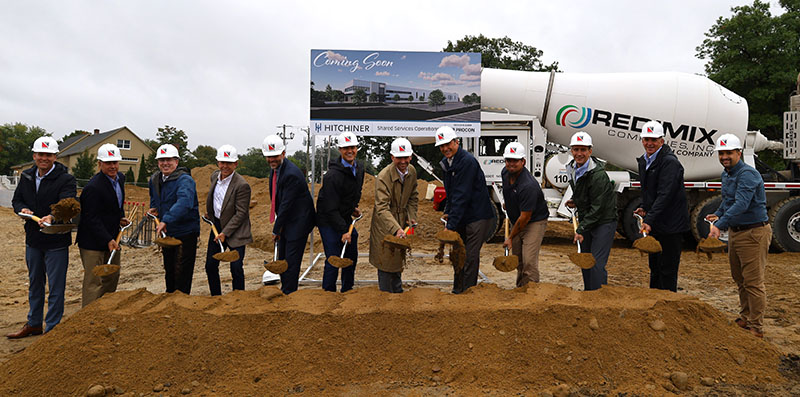
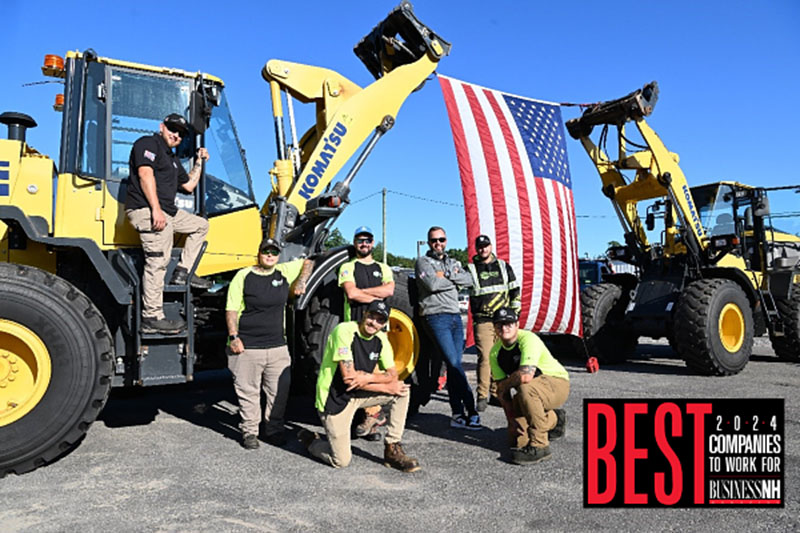
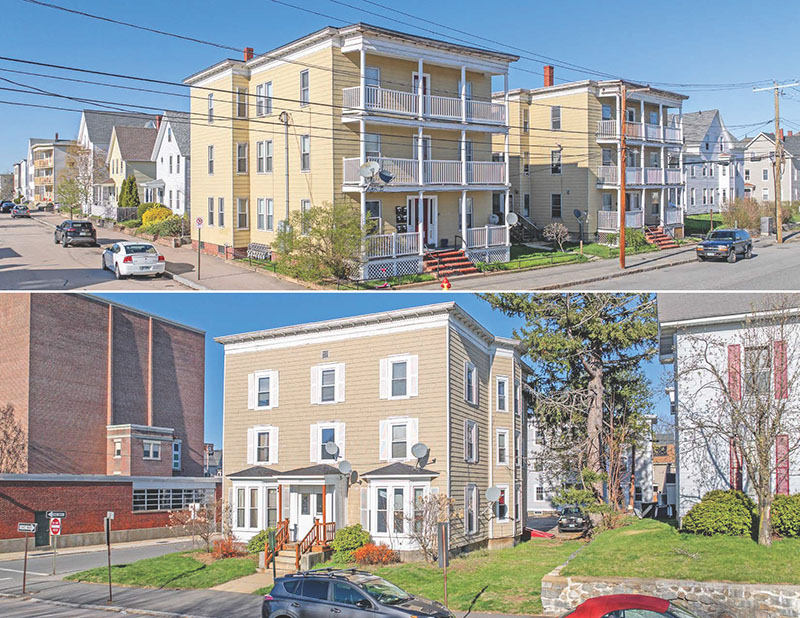
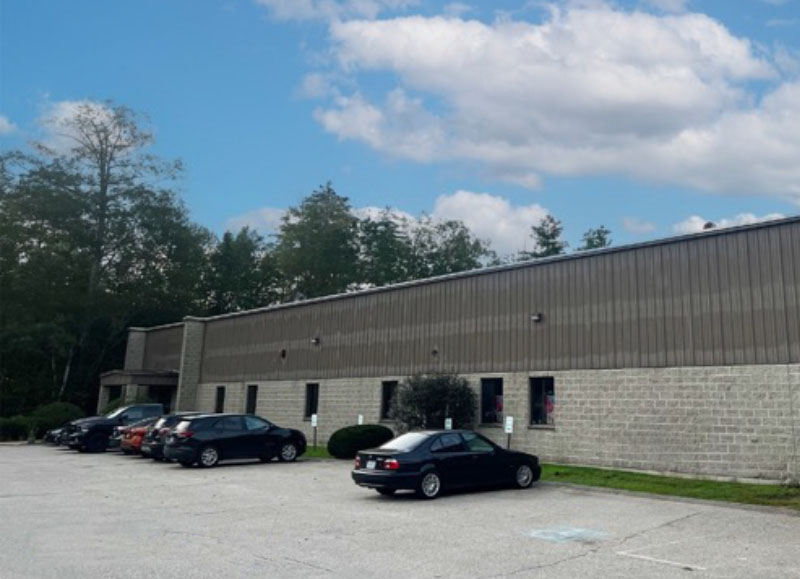
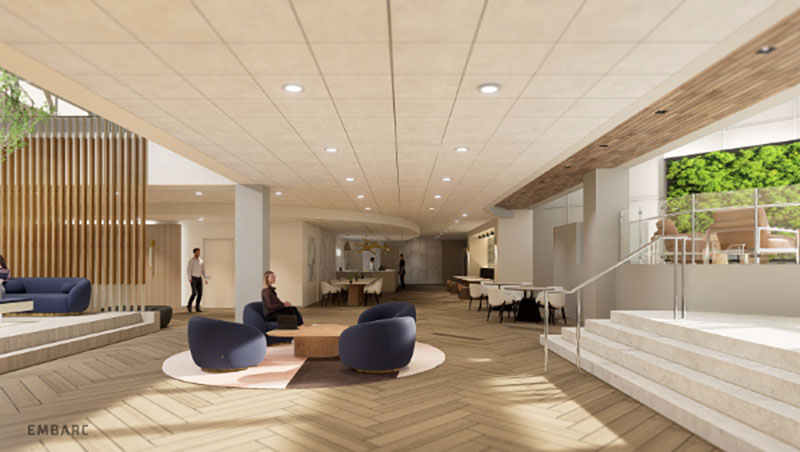
.png)